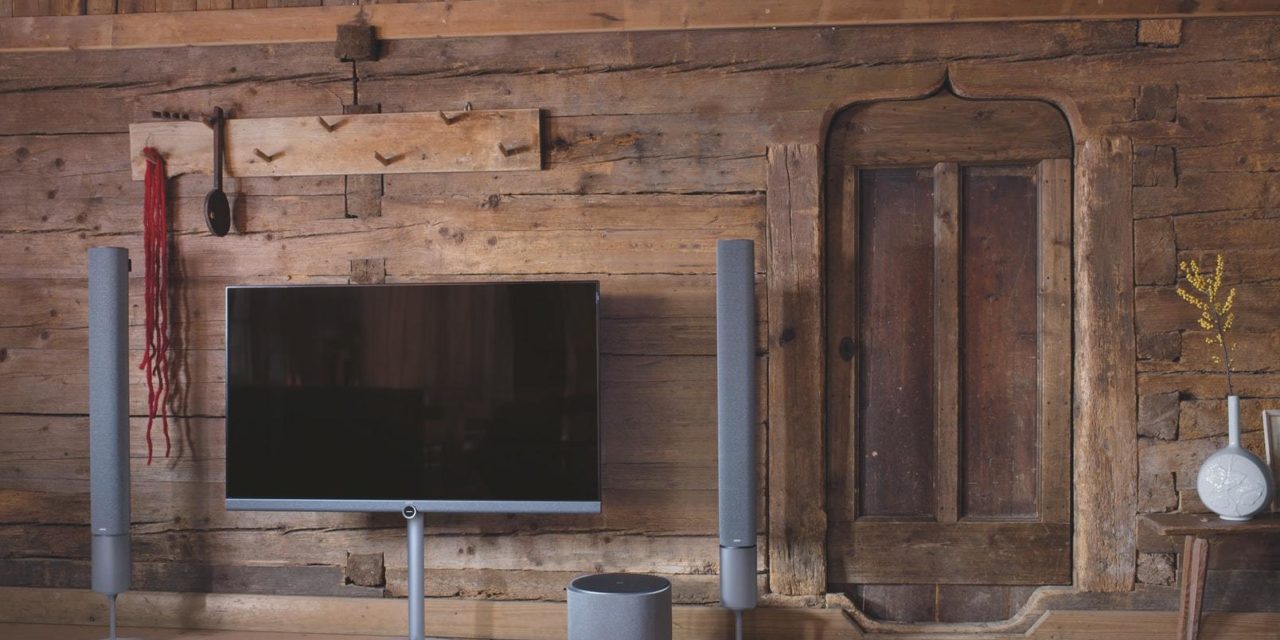[ad_1]
If you want to be a professional voice-over actor today, a home studio is mandatory. And not just any recording setup–it needs to be capable of producing broadcast-quality audio suitable for radio, television, and the Internet. It's also standard practice now among agents, casting directors and clients that you be able to audition and do jobs on a studio you've got quick access to. The good news is that you can afford one now!
The Cost
One of the biggest misconceptions about home studios is the price tag. In discussions out there, you'll see people saying you need to spend thousands on microphones and fancy equipment. In reality, you can get a great starter studio for less than $500 (assuming you already have a computer).
Here's all you need to get started:
- one microphone
- one pop-filter
- one microphone cable
- one interface
- one computer running some recording software
- headphones or monitors for playback and editing
The microphone is connected to the interface which is connected to the computer via USB. That's it!
The Microphone
For voice-over, you need a good condenser microphone. Condensers are designed to filter ambient and other noise frequencies in your recording area while effectively capturing vocals. A great starter microphone is a Blue Spark. It costs just $200 and has held its own in toe-to-toe “shootouts” with the Neumann U87, a studio standard large diaphragm microphone that retails for $3,200. Shop around and read lots of reviews before buying.
The Interface
A solid starter interface is a Focusrite Scarlett 2i2, which goes for about $150. This small box has connectors for two microphones as well as outputs for both headphones and monitors. It also comes with nice built-in microphone preamps. Its primary function is to take analog signal from the microphone and convert it to digital.
The Software
There are totally free options out there that can record and export in all the industry-standard formats. No need to spend on complex programs made primarily for multi-track music recording. Software like GarageBand that comes with Macs or the freeware you can download for PCs called Audacity do just fine, and you don't pay a dime. These programs are also quite effective at removing ambient and other low-level background noise.
Playback and Editing
You'll also need either a good set of headphones or monitors. The reason is that you can't listen to and edit voice-over with computer speakers; you need to hear exactly how it was recorded. It's important you get “studio” equipment as opposed to those designed to play music which exaggerate the highs and lows. You can get nice studio headphones for $80-$100 and up. Monitors are speakers; get the ones that are pre-configured and have their own power supply (“active” monitors). Today's monitors come with quarter-inch cable inputs for your interface and you can get a good set now for $150.
The Computer
Finally, the machine to record on. Laptops are getting more powerful and it really doesn't matter anymore if you use that or a desktop. I've even used little notebook laptops for recording voice-over and it made no difference. It also doesn't matter if you use a Mac or a PC–pros in the industry use both. Use what you know and what you're comfortable with.
So there's your basic setup: a $200 microphone to a $150 interface to a computer running free software, plus small things like the pop-filter ($15-$20) and maybe an extra cable or two ($10-$15), and your $99 headphones or $150 monitors. The less equipment in your chain from the microphone to the computer, the less chance of noise or something going wrong.
Please don't be discouraged by what you might read out there. Instead of breaking the bank on pricy and lavish equipment, focus instead on your training and desire to become better at the craft and skills of being a voice-artist.
[ad_2]
Source by Kelly Libatique

